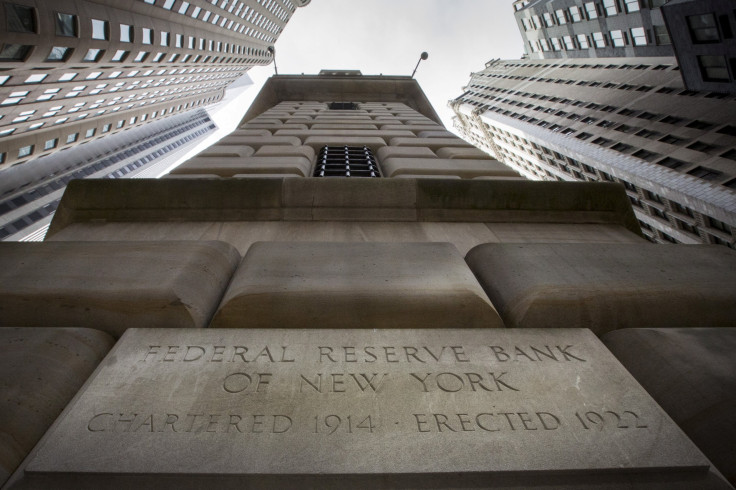What Will Happen To The Economy Under Trump? Federal Reserve Predicts Fall In GDP Growth

The Federal Reserve released the minutes from its mid-March meeting Wednesday, and along with plans to begin divesting some of its $4.5 trillion in assets, the central bank revealed somewhat dismal projections for the American economy over the next several years, and the market certainly took note.
The Fed predicted a slight fall in the growth of the country’s gross domestic product over the course of President Donald Trump’s term, from 2.1 percent for the year 2017 to 1.9 percent in 2019 and 1.8 percent in the “longer run.” The 2016 GDP growth rate stood at 1.6 percent, according to Fed data, down a full percentage point from that of 2015.
Read: Central Bank To Begin Selling Off Its $4.5 Trillion In Assets
The central bank also forecasted a slight rise in the unemployment rate, a phenomenon often associated with drops in GDP growth, to 4.7 percent in the long run from a projected 4.5 percent in 2017.
Some of the members of the Fed’s policymaking arm shifted their predictions slightly compared to December in anticipation of a delay in the growth-friendly policies Trump pledged on the campaign trail, such as a $1 trillion stimulus package to rebuild the country’s infrastructure.
“In view of the substantial uncertainty, about half of the participants did not incorporate explicit assumptions about fiscal policy in their projections,” the minutes read. “several participants now anticipated that meaningful fiscal stimulus would likely not begin until 2018.”
Many analysts feared a delay in Trump’s pro-business policies would follow a slowdown in the progress of Congressional Republicans’ health care plan. While House Speaker Paul Ryan pulled the bill prior to a vote a little over a week after the Fed meeting, the Fed leaders appeared to harbor similar concerns.
Major U.S. stock indices also exhibited market worries for slower growth. The Dow Jones Industrial Average (DJI) fell more than 200 points, or about 1 percent, immediately after the release of the minutes, closing at 20,647.74. The Standard & Poor’s 500 Index (GSPC) and Nasdaq Composite (IXIC) followed similar patterns, shedding as much as 26 points and 73 points, or 1.1 percent and 1.2 percent, to closing values of 2,352.85 and 5,864.48 respectively.
© Copyright IBTimes 2024. All rights reserved.






















